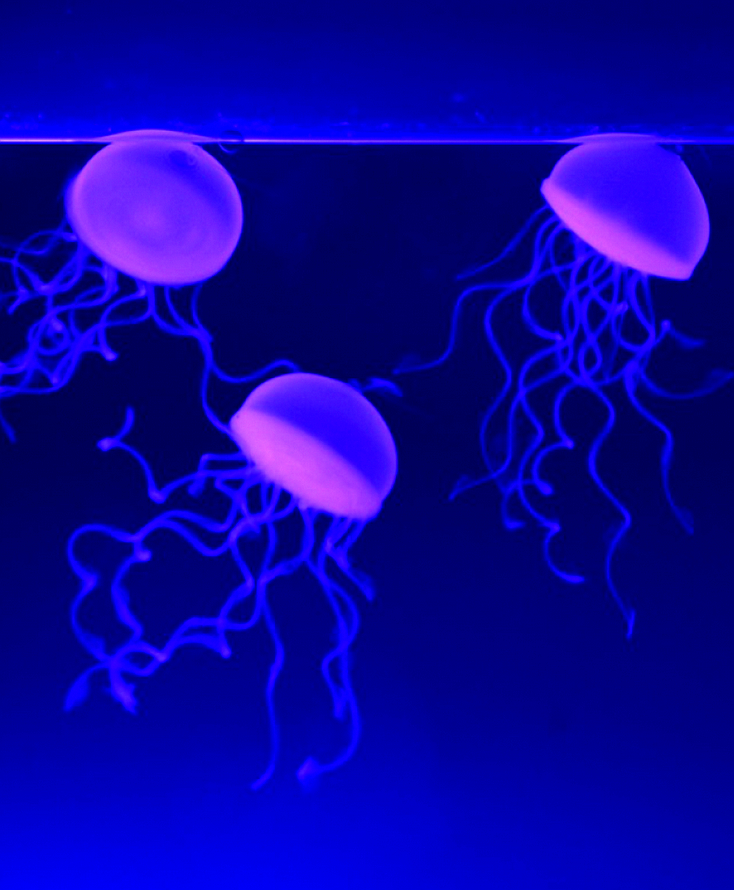Gel printer could bring custom organs
 Using futuristic gels and even living cells, 3D-printing of soft body parts is getting closer.
Using futuristic gels and even living cells, 3D-printing of soft body parts is getting closer.
A team of engineers and biomedical researchers have unveiled a radical new 3D-printing technology that can produce soft objects suspended in a buoyant gel.
The machine takes advantage of the odd habits of ‘granular gels’ which can act with the properties of both liquid and solid materials.
In a new paper by researchers Tapomoy Bhattacharjee and Thomas Angelini at the University of Florida were able to create objects out of soft materials like silicone and hydrogel, which usually fall flat or deform during the process.
They were able to achieve an astounding level of fine and elegant detail, and say it is just the start of the exciting possibilities their new printer brings.
The team has spent the last year producing objects made of seven different types of material, including living cells, primary cells grown from a patient, and various soft materials.
They have printed silicone jellyfish and even a network of veins made entirely out of living human aortic cells.
The machine can print at a resolution of about 1 micron – one hundredth of the width of a human hair.
A key part of the concept comes from the use of ‘embedded’ 3D printing, in which a material is printed into a liquid or solid substance.
“It changes the way you think about 3D printing,” researcher Thomas Angelini says.
“It goes from being about melting certain materials and limiting yourself to structures that can’t collapse while being printed to just placing those objects in 3D space wherever you want. And so long as you can push a material out of a needle - and have it be trapped by the [embedding medium] - there's no limit to what you could print with.”
The team's printer prints with new substances called granular gels.
Granular gel acts essentially like a solid when it is immobile - holding the printed matter in place. But as the 3D-printer’s needle moves through the gel, it semi-liquefies in a miniscule radius around the needle.
This allows the needle to deposit materials like cells or silicone without disrupting the rest of the gel or the delicate print.
The authors engineered the granular gel from 7 µm carbopol (acrylic acid) hydrogel beads to allow for the dispensing tip to move through the gel, but rapidly fill the void left by the moving dispenser tip to stabilise whatever material is extruded.
The printer can extrude lines of material just 100 µm thick, and can arrange those extruded filaments into tube structures with a 100 µm inner diameter.
Printed structures can be supported using UV or chemical means once extruded, allowing the gel material can be removed.
In a big boost for any tissue engineering applications, the gel enables the diffusion and delivery of nutrients as well as the potential for cell rearrangement via migration.
Check out the videos below to see the printer in action.








 Print
Print